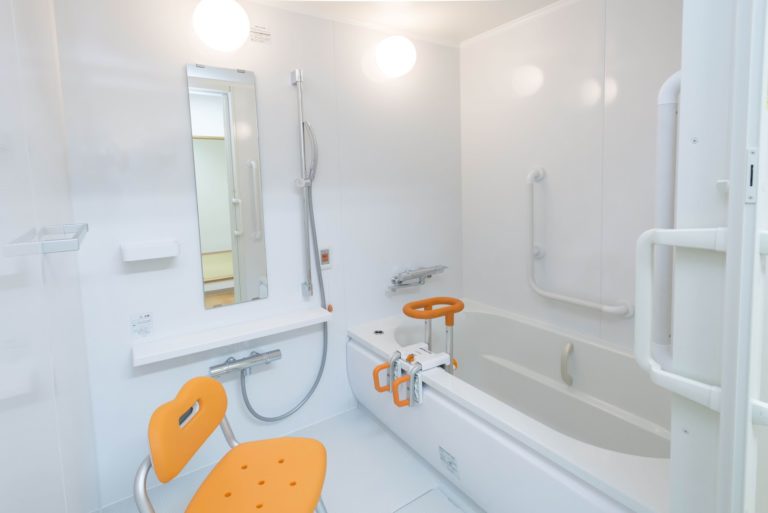Preparing Your Patient's Bathroom for Safety and Accessibility

Convalescence is the most critical step in a patient’s road to recovery, and creating both a healing and functional environment that’s equipped for patient care is essential for proper rehabilitation. Transitioning from a medical facility to a home environment can be filled with uncertainty and anxiety for both patients and caregivers. In order to avoid readmissions, medical staff should make sure to connect with care partners and discuss at least six key areas that will ensure a safe recovery environment.
- Discussing the home rehabilitation process is vital, and clinicians should share best practices for successful homecare with both patients and caregivers.
- A thorough review of medications, dosages, and any potential side effects should be performed with attending physicians.
- Care teams should work with clinicians and additional family members to develop an emergency procedures protocol, and learning how to recognize warning signs and high-risk behaviors will help to ensure the safety and effective recovery of the patient.
- Medical professionals must reinforce the importance of follow-up visits and steady communication with overseeing physicians.
- Care partners should be fully educated on the extent of the patient’s condition, and the patient should start to explore personal care goals.
- Medical staff should attentively listen to any concerns that patients may have and make sure that caregivers are aware of any necessary equipment that will be needed.
The Importance of Bathroom Safety in Home Recovery
Eighty percent of falls in the home happen in the bathroom, and safety in such a slip-prone space is naturally a key area of concern for patients, caregivers, and clinicians. Accidents commonly happen when transferring in and out of a shower or bathtub and while using the toilet. Preparing a bathroom that meets the need of a recovering patient is one major area that should be attended to ideally before the patient comes home. Modifications can vary from more long-term permanent solutions to shorter-term safety additions. Deciding on your bathroom solution should be determined by the severity of your patient’s condition, potential length of the recovery process, and long-term needs.
- Grab bars are a must for bathroom safety, and they can be easily installed securely to the walls closest to your toilet bowl. Other accessories such as bathroom assistant chairs, a raised toilet seat, and toilet frames can also be used to help provide support.
- No-slip flooring strips are an easy addition that will help to provide patients with the stability that is needed to traverse bathroom spaces. A non-slip mat can also be added to bathtubs or showers as well. It’s also wise to substitute fluffy bath mats for high grip non-slip mats until your patient recovers.
- Walk-in bathtubs or easy-access bathtubs are a longer-term solution that have doors and are more easily maneuverable. If a more short-term solution is all that’s needed, a transfer bench is a simple addition that will help patients shift in and out of traditional bathtubs in a safe manner.
- Bright motion-sensor lighting is critical for patients and reduces risk when having to maneuver in the dark. Bathrooms should be well lit, and products should be consistently restocked and easily accessible.
Conclusion
Homecare is a great way to set patients up for success and put them back in a familiar environment with loved ones. Adding a few safety accessories to your bathroom provides confidence and peace of mind to your patient, which will add to the comfort of your healing environment.
As your patient’s condition starts to improve, they will be able to play a more active role in their own care plan. Checking in with them after at least their first week undergoing homecare will help caregivers improve any conditions that may be causing harm. If caregivers feel that they need more support or resources from clinicians, this should be communicated immediately.

